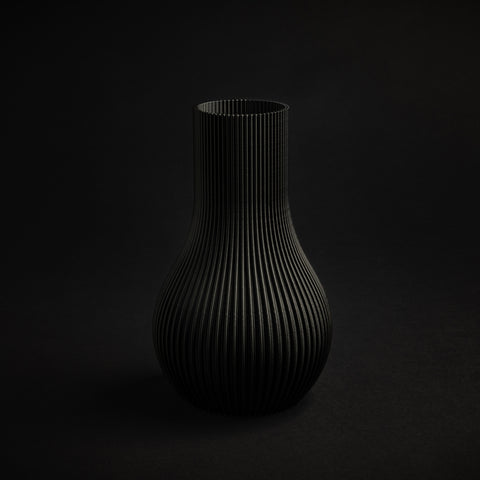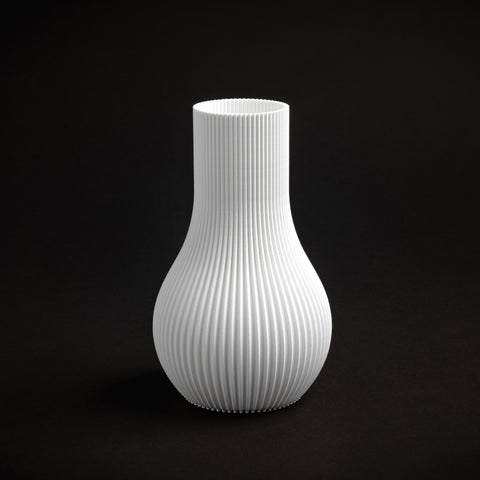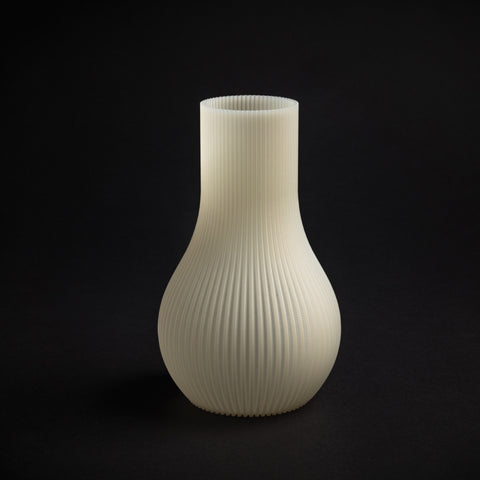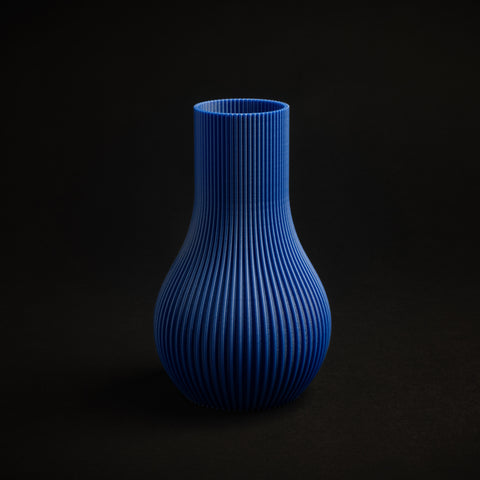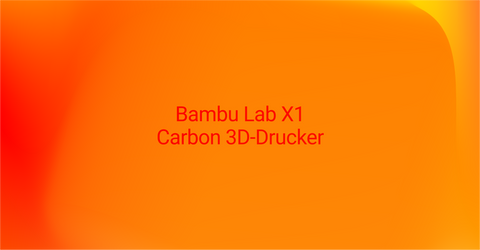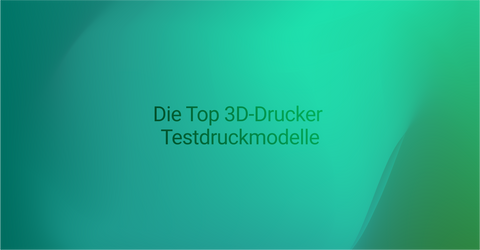
The technology of 3D printing has made great strides in recent years and has now become affordable even for home use. Although there are a variety of 3D printers on the market, not all are the same. In this article, we will take a closer look at the best 3D printers for home use and help you find the right one for your needs.
What is a 3D printer?
A 3D printer, also known as additive manufacturing, is a technology that allows three-dimensional objects to be created from different materials. Instead of removing material, as is the case with traditional manufacturing processes, 3D printing adds material layer by layer to form the desired object.
How a 3D printer works
How a 3D printer works can vary depending on the model, but in general, a 3D printer consists of three main components: a print bed, an extruder, and a computer that controls the printing instructions. The extruder melts the material and deposits it layer by layer onto the print bed to create the desired object.
When looking more closely at the 3D printing process, it becomes clear that there are different types of extruders suitable for different materials. For example, there are extruders specifically designed for printing with plastic, while others can be used for printing with metal or ceramic. Choosing the right extruder depends on the desired properties of the final product.
Another important aspect of how a 3D printer works is the software used to convert the model of the desired object into printing instructions. This software allows the user to model the object, set the printing parameters, and control the printing process. There are various software solutions on the market, from open-source options to commercial products.
Different types of 3D printers
There are several types of 3D printers, including Fused Deposition Modeling (FDM), Stereolithography (SLA), and Selective Laser Sintering (SLS). Each type has its own advantages and disadvantages, and the choice depends on the user's specific needs and budget.
Fused Deposition Modeling (FDM) is one of the most popular and widely used 3D printing technologies. This method uses a thermoplastic filament that is melted and deposited layer by layer through a heated extruder. FDM printers are relatively inexpensive and easy to use, making them a good choice for getting started with 3D printing.
Stereolithography (SLA) is another popular 3D printing technology that uses a UV laser to cure a liquid resin layer by layer. SLA printers produce high-resolution objects with smooth surfaces, but are typically more expensive than FDM printers.
Selective Laser Sintering (SLS) is a 3D printing technology that uses a laser to fuse powder material layer by layer to form the desired object. This method allows the use of a wide variety of materials, including plastics, metals, and ceramics. However, SLS printers tend to be expensive and require special safety precautions due to the laser.
Apart from these common 3D printing technologies, there are many more, such as Binder Jetting, Electron Beam Melting and Digital Light Processing. Each technology has its own strengths and application areas, and choosing the right 3D printer depends on the specific needs of the project.
Choosing the right 3D printer for your home
When choosing a 3D printer for home use, there are some important features to consider.
A 3D printer can be a great addition to your home. This technology allows you to create three-dimensional objects from a variety of materials. Whether you're a hobbyist who enjoys creating models or a designer who develops prototypes, a 3D printer gives you the opportunity to express your creativity.
Important features of a good 3D printer
High print quality is an important factor when choosing a 3D printer. You want to make sure that your printed objects are detailed and precise. A printer with a high resolution and fine print heads can help you achieve impressive results.
Print speed is also a crucial feature. The faster the printer can print, the less time you will have to wait to complete your projects. If you plan on printing large objects, you should also pay attention to the maximum build size of the printer. A larger print space will allow you to create larger objects.
Material compatibility is another important aspect. Check what types of filaments the printer supports. Whether it's PLA, ABS or other materials, make sure the printer can work with the materials you want to use.
Ease of use is also important. An intuitive control panel and easy setup can save you a lot of time and frustration. Check that the printer has user-friendly software and that it is easy to calibrate and maintain.
Another important feature is the availability of support and spare parts. It's always good to know that you can count on the manufacturer or dealer in case of problems or defects. Make sure the printer has a warranty and that spare parts are easily available.
Price-performance ratio for 3D printers
When purchasing a 3D printer, value for money is an important consideration. It's tempting to go for the most expensive printer on the market in the hope that it will produce the best results. However, a higher price doesn't necessarily mean that the printer will best suit your needs.
There are many affordable 3D printers on the market that can still produce good results. Compare different models and see which printer best suits your needs. Also, read customer reviews and testimonials to learn more about the performance and reliability of a particular printer.
Remember that buying a 3D printer is an investment. Consider how often you will use the printer and what kind of projects you want to create with it. Also consider the ongoing costs of filament and any maintenance.
Ultimately, your decision should be based on your individual needs and budget. A good 3D printer can provide you with many hours of fun and creative opportunities. Choose wisely and enjoy the world of 3D printing!
Top 3D printer models for home use
Now let’s take a look at some of the best 3D printer models currently available on the market.
1. Bamboo Lab X1 Carbon
- Advanced carbon fiber structure.
- High-speed printing capabilities.
- Exceptional print resolution.
- Wide range of material compatibility.
- Integrated AI for enhanced performance.
- User-friendly interface and software.
2. Bamboo Lab P1P
- Efficient and precise printing technology
- Compact design, suitable for desktop use
- Versatile material compatibility
- Intuitive user interface and easy setup
- Robust build quality for durability
- Smart features for streamlined operation
3. CrealityK1
- Large build volume for bigger projects
- High precision and resolution printing
- Reliable and stable performance
- Wide range of filament support
- User-friendly operation and software
- Cost-effective solution for high-quality printing
Tips for caring for and maintaining your 3D printer
To extend the life of your 3D printer and achieve optimal results, it is important to take proper care of it and perform regular maintenance.
Cleaning and maintaining your 3D printer
You should regularly remove dust and dirt from your printer and keep the print bed clean. Also clean the extruder to avoid clogging. Don't forget to store the filaments properly to maintain their quality.
Common problems and their solutions
Some common problems in 3D printing include extruder clogging, poor adhesion of the print to the build plate, and warping of the printed object. It is important to use the correct settings for your printer and make adjustments as needed to resolve these issues.
Conclusion: The best 3D printer for your home
Choosing the best 3D printer for home use depends on your individual needs. However, the different models presented in this article are a good starting point to find out which printer suits you best. Compare features, prices and reviews to make the right decision and enjoy the world of 3D printing in your own home.
